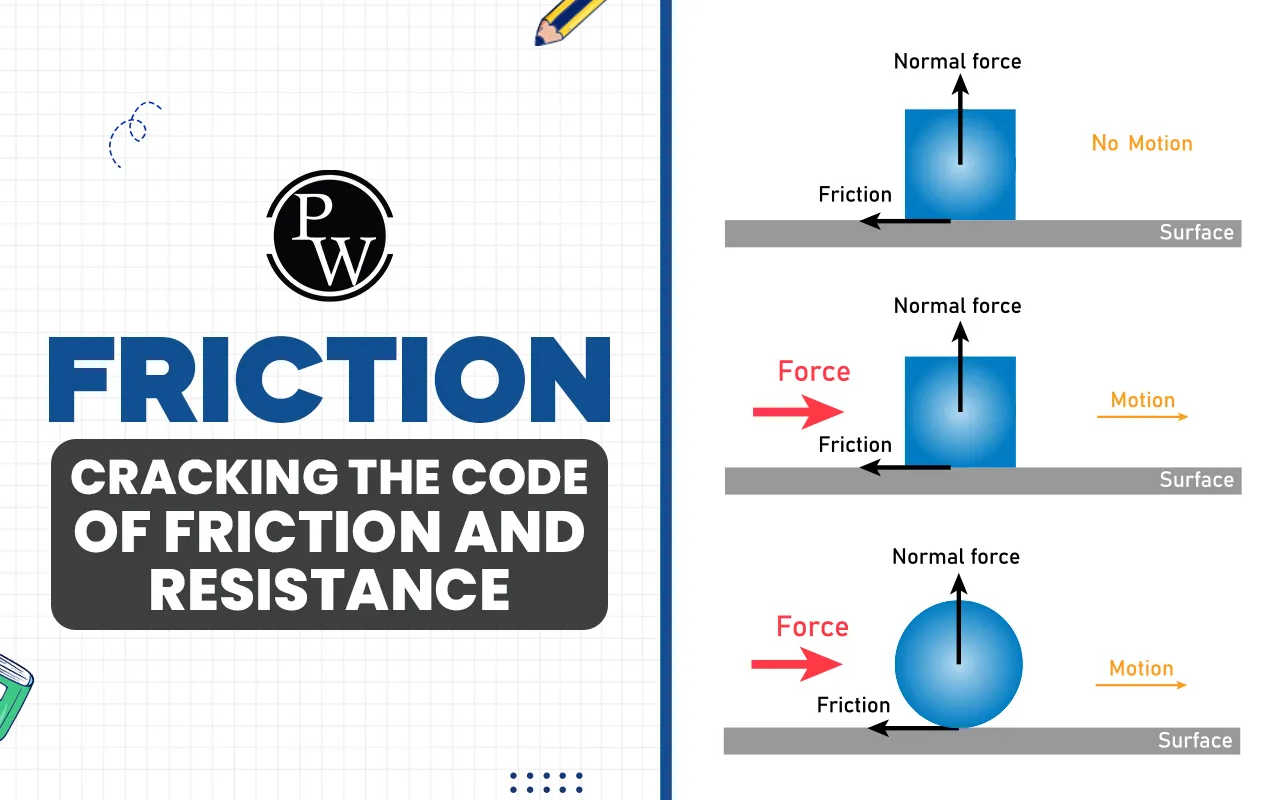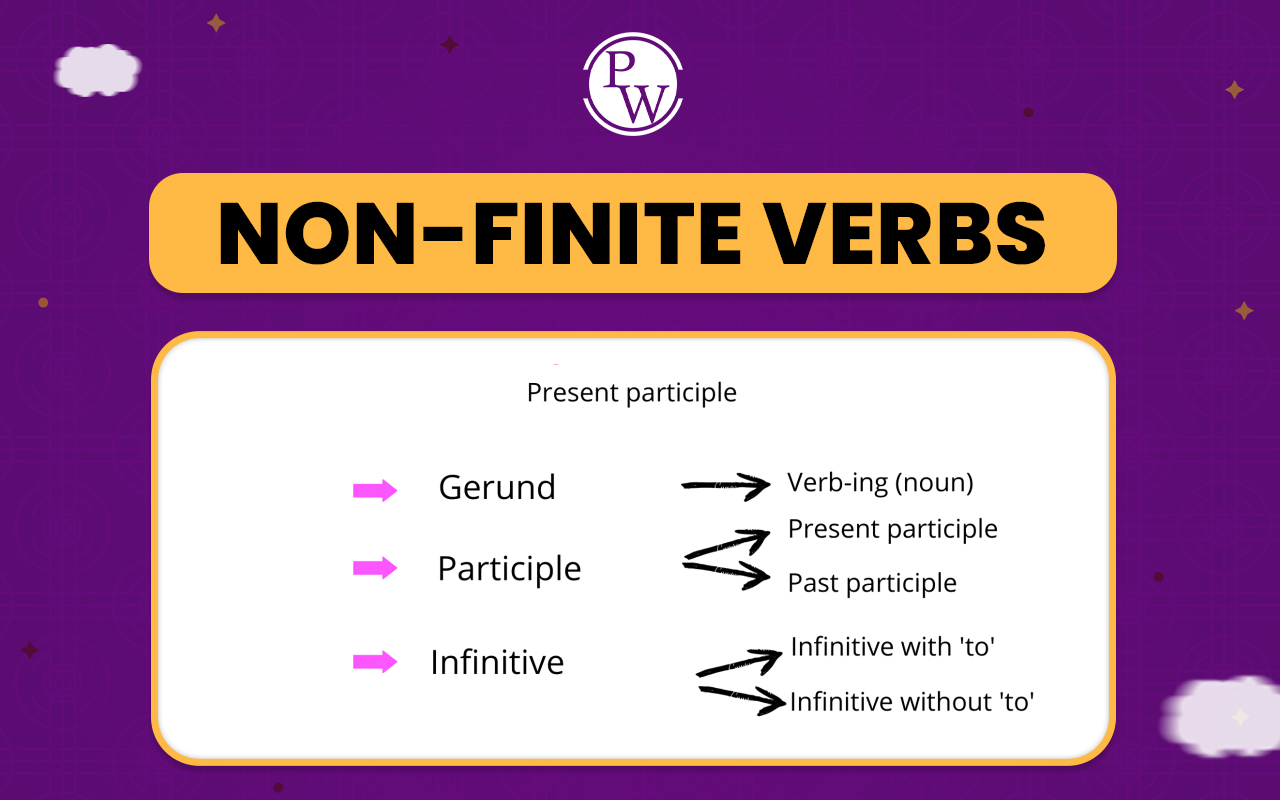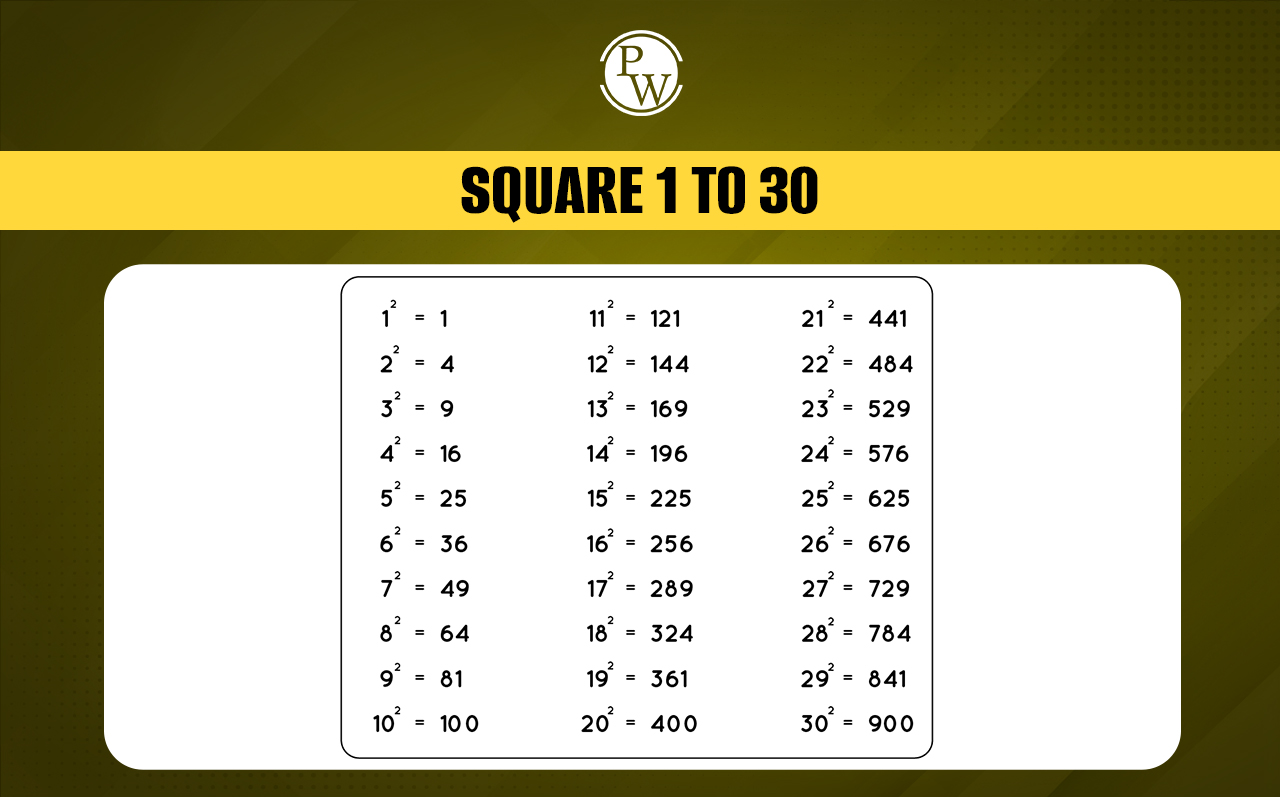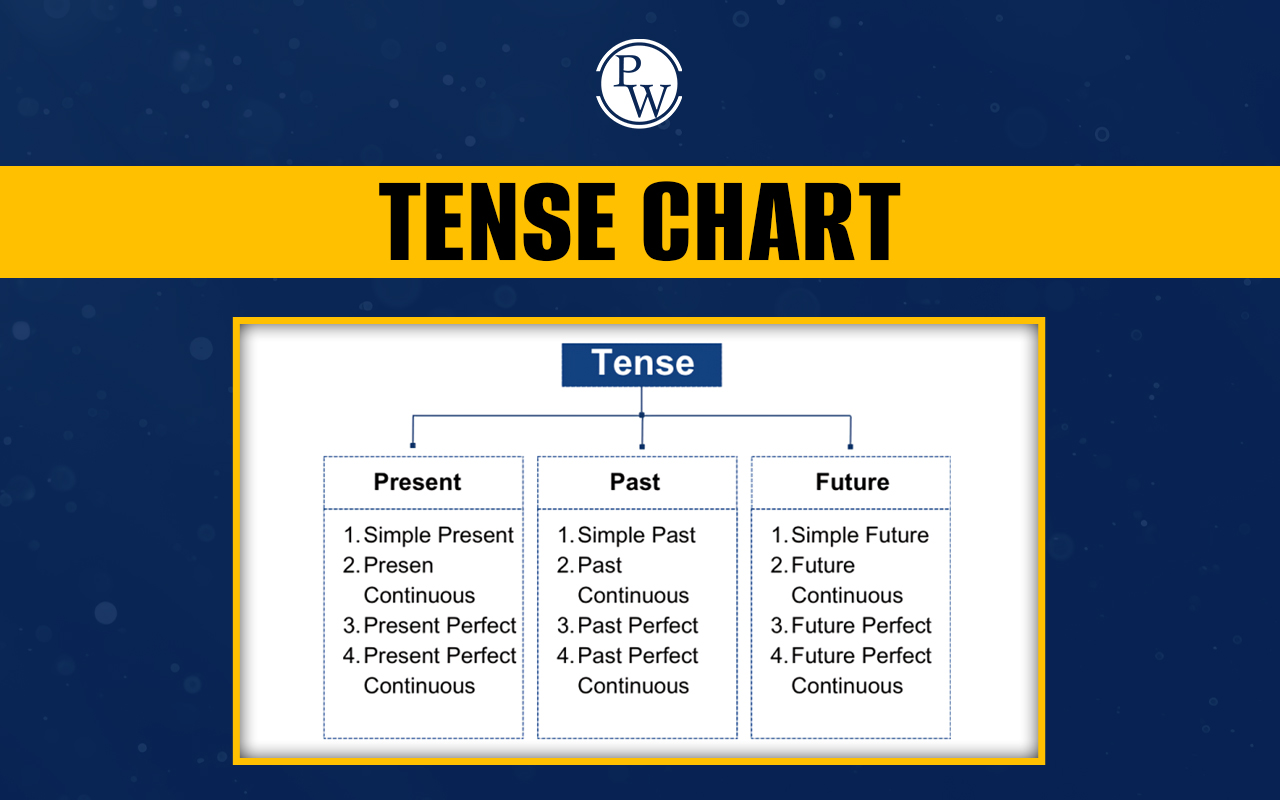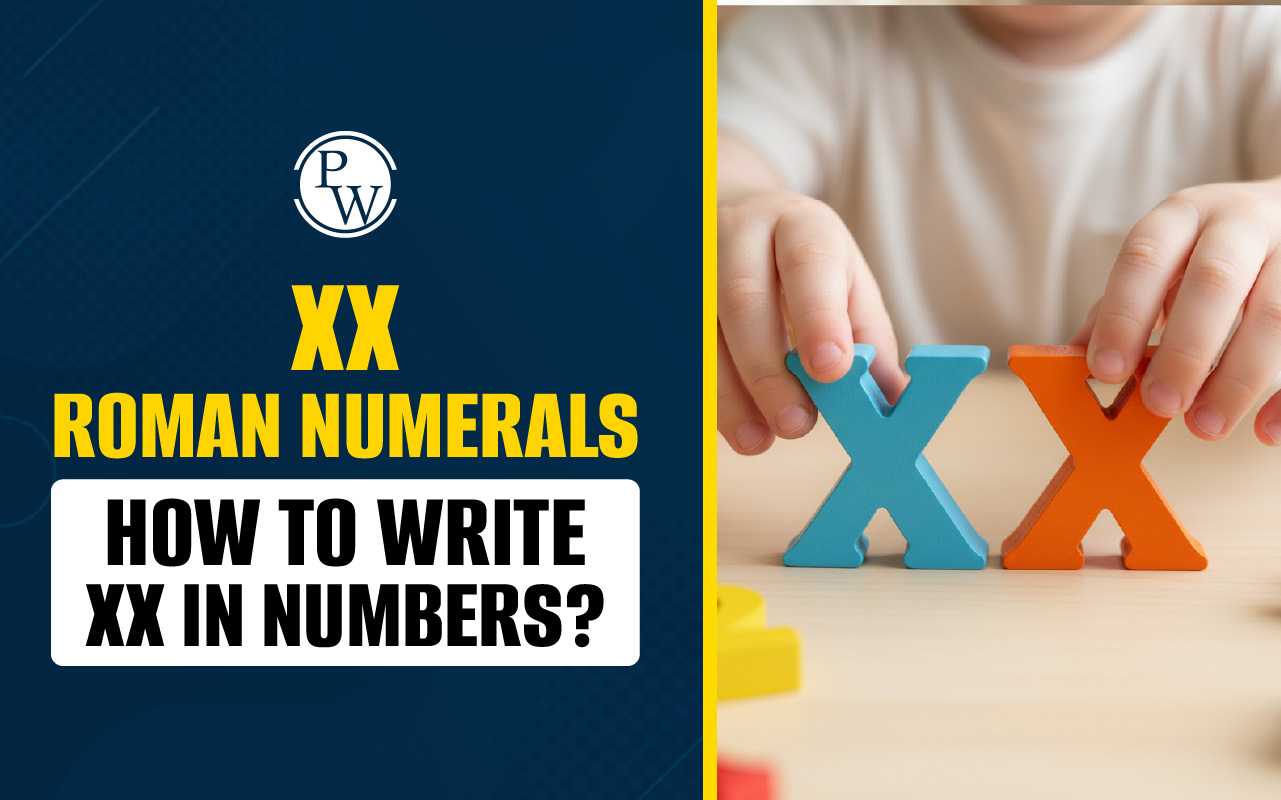
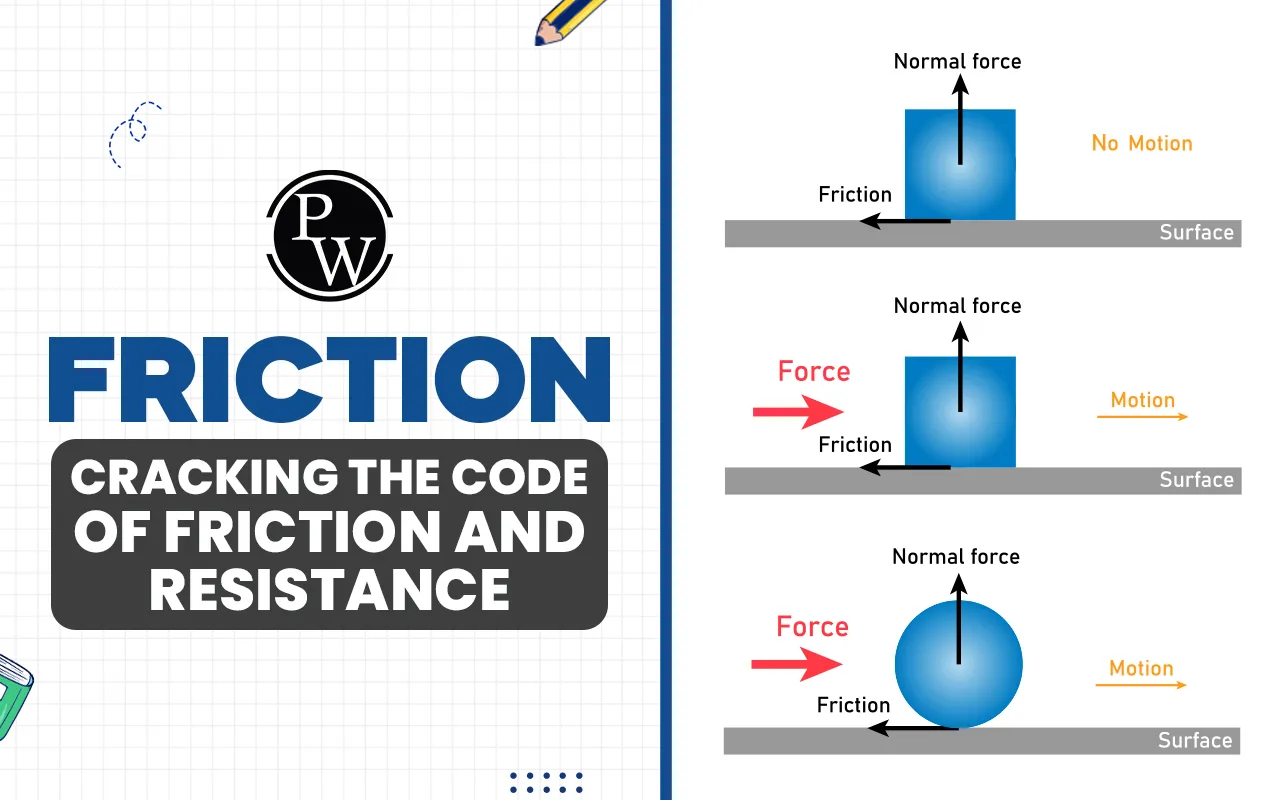
Physics is all around us, from the moment we wake up to the time we go to bed. One fundamental concept that plays a crucial role in our daily lives is friction . From walking down the street to driving a car, understanding friction and resistance is essential for comprehending the physical world. In this blog, we will talk about friction, its types, factors affecting it, its underlying causes, different types, and practical applications.
What Is Friction ?
Frictio n is the force that resists the relative motion or tendency of motion between two surfaces in contact. Think of it as the invisible hand that opposes the movement of objects against each other. But why is friction necessary? Without friction, we would have a hard time walking, vehicles couldn't stop, and machines wouldn't function effectively. Friction plays a pivotal role in preventing slipping and sliding, making our daily activities smoother and safer.Factors Affecting Friction
Factors Affection Friction is a complex phenomenon. It is influenced by various factors, which together contribute to the overall resistance between surfaces. Let's explore these factors in more detail to gain a comprehensive understanding of how they shape the frictional forces we encounter in our daily lives.Surface Nature
The texture and roughness of surfaces play a crucial role in determining friction strength. Smooth surfaces have fewer irregularities, reducing the interlocking effect and resulting in less friction. Conversely, rough surfaces have more pronounced bumps and crevices, creating a larger contact surface area and leading to higher friction. You can easily experience this by running your hand across a smooth table, followed by a rough piece of sandpaper. The difference in resistance will be immediately noticeable. For instance, consider the tires on a vehicle. Racing tires are designed with a smooth surface to minimise friction and maximise speed, while off-road tires have a rugged tread pattern to increase friction and provide better traction on uneven terrains.Force of Contact
Imagine trying to move a heavy piece of furniture across a room. Initially, you might find it difficult to budge, but as you apply more force, the furniture starts moving more easily. This phenomenon is a result of the force of contact affecting friction. The force pressing the two surfaces together enhances the interlocking of irregularities, leading to a proportional increase in friction. This principle is why heavy objects are more resistant to movement than lighter ones.Surface Area
The contact area between two surfaces also has a significant impact on friction. A larger contact area means more points of interaction and, consequently, more friction. This can be observed when comparing the friction between wide and narrow tires on a bicycle. Wider tires have more surface area in contact with the ground, resulting in increased friction and better stability.Interlocking of Irregularities
At a microscopic level, surfaces that appear smooth are actually filled with tiny irregularities. These irregularities interlock when the surfaces come into contact, contributing to friction. Even seemingly polished surfaces have imperfections that create friction. Think of the microscopic hills and valleys on the surface of seemingly smooth ice, which is why ice skaters can glide with grace.What Causes Friction?
Friction, often viewed as a hindrance, is actually a fascinating result of molecular and atomic interactions. Understanding the underlying causes is essential in order to truly understand the concept of friction.Molecular Interactions: Adhesive and Cohesive Forces
Molecular Interactions: Picture yourself attempting to gently push a book along a table's surface. While this may appear easy, there exists a fascinating world of intricate interactions taking place at the minuscule scale. When two surfaces come into contact, they are held together by adhesive and cohesive forces. Adhesive Forces: These forces are responsible for the attraction between molecules of different substances. Picture it like thousands of tiny hooks and loops forming between the two surfaces. This attraction is what gives you the ability to place a glass on a table without it sliding off immediately. In this case, the adhesive forces between the glass and the table create a grip. Cohesive Forces: These forces, on the other hand, are the interactions between molecules of the same substance. Within each material, molecules are attracted to one another, creating a sort of internal resistance. This is particularly evident in materials like rubber, where cohesive forces lead to elasticity. When you press a rubber eraser against paper, the cohesive forces in the rubber resist deformation, creating friction. Electrostatic Forces: Charges and Interaction Another fascinating aspect contributing to friction is the presence of electric charges on surfaces. When surfaces are rubbed together, they can transfer electrons, leading to a build-up of charges. These charges, whether positive or negative, can create additional friction. Consider the classic example of rubbing a balloon against your hair. As the balloon rubs against your hair, it transfers electrons, giving the balloon a negative charge and your hair a positive charge. These charges attract each other, causing the hair to stick to the balloon. This is a prime example of how electrostatic forces contribute to friction and adhesion. Elastic Deformation: Storing Energy When two surfaces come into contact, they don't fit perfectly together due to microscopic imperfections. This imperfection results in the deformation of the surfaces upon contact. As the surfaces press against each other, they temporarily deform and store energy. When you try to slide one surface over the other, the stored energy must be overcome, leading to resistance. [caption id="attachment_4703" align="aligncenter" width="300"] Fundo Class 8 Online Course[/caption] This elastic deformation plays a vital role in tires gripping the road. As a car's tire comes into contact with the pavement, it slightly deforms to create a larger contact area. This increased contact area enhances friction and allows the tire to grip the road better, which is crucial for maintaining control while driving.
Fundo Class 8 Online Course[/caption] This elastic deformation plays a vital role in tires gripping the road. As a car's tire comes into contact with the pavement, it slightly deforms to create a larger contact area. This increased contact area enhances friction and allows the tire to grip the road better, which is crucial for maintaining control while driving.
Types of Friction
Types of Friction isn't a one-size-fits-all concept. It encompasses various forms that come into play depending on the circumstances. Understanding these different types of friction is key to understanding the intricate nature of this force.- Static Friction: Imagine you're trying to push a heavy box across the floor. Initially, you might notice that the box resists your push. This initial resistance is due to static friction. Static friction is the force that prevents two objects from moving relative to each other when there is no applied force. In other words, it's the friction that keeps objects at rest. This is why your book remains on the table until you give it a push.
- Kinetic (Dynamic) Friction: Once you overcome the initial resistance and the box starts moving, you feel a different kind of friction – kinetic friction. Kinetic friction is the force that opposes the motion of two objects sliding or moving against each other. As the box slides across the floor, kinetic friction works to slow it down until you apply enough force to counteract it. This type of friction is responsible for the resistance you feel when you try to slide your hand across a table.
- Rolling Friction: While static and kinetic friction involve sliding or dragging motion, rolling friction comes into play when objects roll over surfaces. Think of the wheels of a car, a bicycle, or even a ball. Rolling friction is generally lower than kinetic friction, making it easier for objects to roll smoothly. This is why wheels are often preferred in vehicles – they reduce the energy required to overcome friction.
- Fluid (Viscous) Friction: As objects move through fluids like liquids or gases, they experience fluid friction, also known as viscous friction. The resistance you encounter while swimming through water or moving a paddle through the air in a canoe is a result of fluid friction. This type of friction is particularly noticeable in substances with high viscosity, like honey or molasses, where the resistance to motion is substantial due to the thicker consistency.
Real-life Examples
- Static Friction: When you press the brake pedal in your car, the initial resistance before the car starts slowing down is due to static friction between the brake pads and the rotors.
- Kinetic Friction : Rub your hands together briskly. Feel the warmth generated? That's the result of kinetic friction converting your hand's motion into heat.
- Rolling Friction : Consider a skateboard or rollerblades. The wheels reduce the friction between the ground and the object, allowing for smoother movement.
- Fluid Friction: Think about the swimmer's dilemma – cutting through water. The swimmer feels the resistance of fluid friction, which requires extra effort to move forward.
Applications of Friction
Friction is not just a concept confined to textbooks; it's a phenomenon deeply embedded in our daily lives and various industries. Let's explore some of the practical applications of friction that highlight its significance in different contexts.Everyday Examples
Friction is an integral part of our daily routines, often going unnoticed due to its familiarity. Here are some common scenarios where friction plays a crucial role:- Walking : The friction between the soles of our shoes and the ground enables us to walk without slipping. The tread patterns on shoe soles enhance grip, preventing accidents even on slippery surfaces.
- Driving : Friction between car tires and the road surface provides the necessary traction for safe driving. Brakes also rely on friction to slow down or stop the vehicle, converting kinetic energy into heat.
- Gripping : Whether it's holding a glass of water, writing with a pen, or using a smartphone, the friction between our fingers and the objects we interact with allows us to maintain a secure grip.
- Playing Sports: Sports equipment, such as tennis rackets, golf clubs, and soccer cleats, is designed to optimise friction. Proper grip and control enhance performance and safety during play.
Industrial Applications
Friction has transformative effects in various industries, shaping the way machines function and products are manufactured:- Belt Drives: In industries and machinery, belt drives use friction to transmit power between pulleys. This efficient method of transferring energy drives everything from conveyor belts in factories to power transmission in vehicles.
- Manufacturing: Friction welding and forging involve applying pressure and friction to bond materials together. This technique is used in producing a range of products, from automotive parts to aerospace components.
- Printing: Friction plays a role in paper feed mechanisms in printers, ensuring that paper is fed accurately through the machine for printing.
Sports and Entertainment
Friction impacts the world of sports and entertainment, enhancing both safety and performance:- Athletic Shoes: The design of athletic shoes, including running shoes and cleats, is optimised for specific types of sports. Traction patterns and materials are chosen to provide the right balance of grip and mobility.
- Climbing Gear: In activities like rock climbing, friction is vital for both safety and control. Climbing shoes and ropes are engineered to offer secure grip while minimising abrasion.
- Musical Instruments: Friction is integral to the functioning of musical instruments. The friction between violin bow and strings, for instance, produces the sound that characterises the instrument.
Safety Measures
Understanding friction contributes to creating safer environments and preventing accidents:- Non-Slip Surfaces: Public spaces, such as sidewalks, stairs, and ramps, are designed with textured surfaces to enhance friction, reducing the risk of slips and falls.
- Proper Footwear: Workplaces that involve potentially slippery surfaces, such as hospitals and kitchens, often require employees to wear slip-resistant shoes that provide additional grip.
- Road Safety: Roads are constructed with materials that offer the right amount of friction for vehicles to maintain control, especially during wet or icy conditions.
- Air Travel: Friction-resistant coatings are applied to aircraft surfaces to reduce drag, making flights more fuel-efficient and cost-effective.
Watch Full Video of Friction
Final Thoughts
From the way we walk to the machines that shape our world, friction is the force that keeps things in motion, or brings them to a gentle halt. Remember, every step, every turn of a wheel, and every grip you make involves the magic of friction. As you continue your exploration of the fascinating world of science, keep in mind that understanding friction is like having a secret key to unlock the mysteries of everyday life. [caption id="attachment_5072" align="aligncenter" width="300"]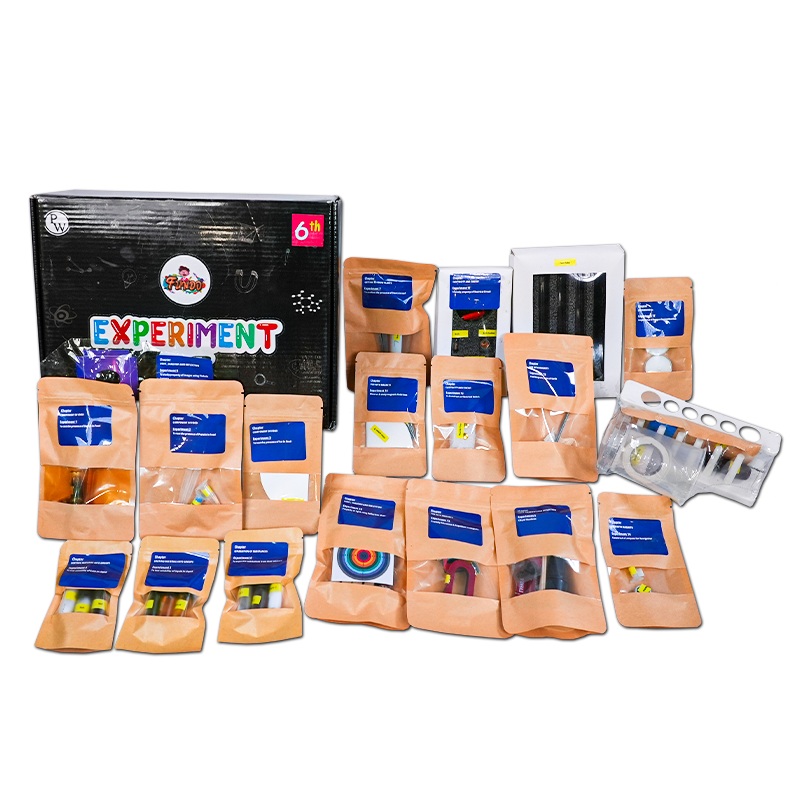 Fundo Experiment Kit[/caption] The Fundo Experiment Kit is the perfect way to help your child learn science and understand complex topics in a fun way. With over 20 fun and challenging experiments, they'll be learning and having fun at the same time. Order yours today! Related Links
Fundo Experiment Kit[/caption] The Fundo Experiment Kit is the perfect way to help your child learn science and understand complex topics in a fun way. With over 20 fun and challenging experiments, they'll be learning and having fun at the same time. Order yours today! Related Links
Friction FAQs
Q1. What is SI unit of friction? Ans. The SI unit of friction is Newton (N), which is a measure of force. It quantifies the resistance between two surfaces in contact that opposes their relative motion. Q2. Where is friction? Ans. Friction exists between two surfaces in contact and opposes their relative motion. It is a force that occurs at the microscopic level due to interactions between atoms and molecules. Q3. Who discovered friction? Ans. Leonardo da Vinci is credited with recognizing and describing the concept of friction in the 15th century, although the understanding of friction has evolved over time through various scientific contributions.What is SI unit of friction?
The SI unit of friction is Newton (N), which is a measure of force. It quantifies the resistance between two surfaces in contact that opposes their relative motion.
Where is friction?
Friction exists between two surfaces in contact and opposes their relative motion. It is a force that occurs at the microscopic level due to interactions between atoms and molecules.
Who discovered friction?
Leonardo da Vinci is credited with recognizing and describing the concept of friction in the 15th century, although the understanding of friction has evolved over time through various scientific contributions.
Talk to a counsellorHave doubts? Our support team will be happy to assist you!

Check out these Related Articles
Free Learning Resources
PW Books
Notes (Class 10-12)
PW Study Materials
Notes (Class 6-9)
Ncert Solutions
Govt Exams
Class 6th to 12th Online Courses
Govt Job Exams Courses
UPSC Coaching
Defence Exam Coaching
Gate Exam Coaching
Other Exams
Know about Physics Wallah
Physics Wallah is an Indian edtech platform that provides accessible & comprehensive learning experiences to students from Class 6th to postgraduate level. We also provide extensive NCERT solutions, sample paper, NEET, JEE Mains, BITSAT previous year papers & more such resources to students. Physics Wallah also caters to over 3.5 million registered students and over 78 lakh+ Youtube subscribers with 4.8 rating on its app.
We Stand Out because
We provide students with intensive courses with India’s qualified & experienced faculties & mentors. PW strives to make the learning experience comprehensive and accessible for students of all sections of society. We believe in empowering every single student who couldn't dream of a good career in engineering and medical field earlier.
Our Key Focus Areas
Physics Wallah's main focus is to make the learning experience as economical as possible for all students. With our affordable courses like Lakshya, Udaan and Arjuna and many others, we have been able to provide a platform for lakhs of aspirants. From providing Chemistry, Maths, Physics formula to giving e-books of eminent authors like RD Sharma, RS Aggarwal and Lakhmir Singh, PW focuses on every single student's need for preparation.
What Makes Us Different
Physics Wallah strives to develop a comprehensive pedagogical structure for students, where they get a state-of-the-art learning experience with study material and resources. Apart from catering students preparing for JEE Mains and NEET, PW also provides study material for each state board like Uttar Pradesh, Bihar, and others
Copyright © 2025 Physicswallah Limited All rights reserved.
Get App
